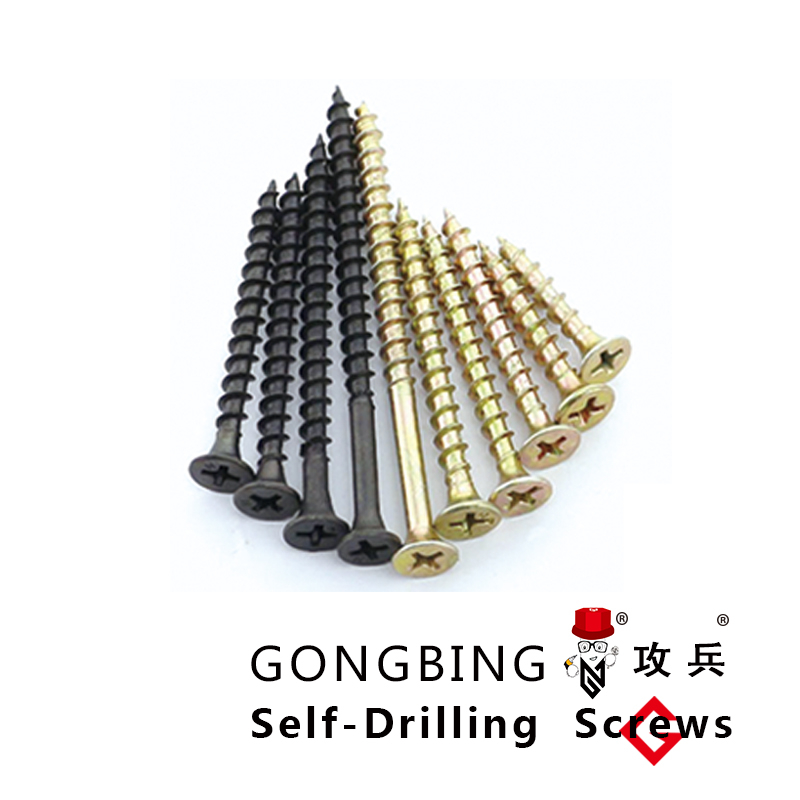l foundation bolt
Understanding Foundation Bolts A Crucial Element in Structural Engineering
Foundation bolts, also known as anchor bolts, play a pivotal role in the stability and durability of various structures, from residential buildings to large industrial facilities. As a critical component in the engineering and construction processes, foundation bolts ensure that structures can withstand both environmental and operational stresses. This article delves into the significance, types, installation methods, and maintenance of foundation bolts.
What Are Foundation Bolts?
Foundation bolts are heavy-duty fasteners embedded in concrete foundations. Their primary purpose is to anchor structural elements, such as steel columns, beams, and frames, securely to the foundation, providing essential stability. They come in various shapes and sizes, depending on the specific application and load requirements. Foundation bolts are made from materials like stainless steel, carbon steel, or galvanized steel to enhance their durability and resistance to corrosion.
Types of Foundation Bolts
There are several types of foundation bolts, each designed for specific applications
1. Straight Anchor Bolts These bolts have a smooth shaft and are used where the anchoring grade is consistent throughout the length of the bolt. They are typically embedded in the concrete and have a threaded portion above the surface.
2. L-shape and J-shape Bolts These bolts have a bent end that provides better anchoring capabilities. The shape helps in distributing the load more evenly, making them suitable for fastening equipment or structural elements subjected to movement or vibrations.
3. Expansion Bolts Used in hollow concrete or masonry, these bolts expand when inserted, creating a firm hold in the material. They are particularly useful in temporary structures or where bolt removal and reinsertion may be necessary.
4. Chemically Anchored Bolts These involve a bonding agent or epoxy that secures the bolt within a drilled hole in the concrete. They are especially useful in applications requiring high load capacities or in challenging environments.
l foundation bolt

Installation Methods
The installation of foundation bolts requires careful consideration and precision. Below are the general steps involved in the installation process
1. Planning and Layout Before installation, a detailed plan is vital. This includes determining the correct bolt size, spacing, and depth based on structural requirements and load assessments.
2. Drilling Holes Holes must be drilled into the concrete according to the specified measurements. This step requires the appropriate equipment, such as a hammer drill or rotary drill, depending on the concrete's hardness.
3. Securing the Bolts Once the holes are prepared, the foundation bolts are placed and secured. For chemically anchored bolts, the epoxy is mixed and injected before inserting the bolts.
4. Curing If adhesives are used, waiting for the specified curing time is essential before applying any load to the bolts.
Maintenance of Foundation Bolts
Maintaining foundation bolts is crucial for ensuring ongoing structural integrity. Periodic inspections should be conducted to check for signs of corrosion, loosening, or damage. Regular maintenance can prevent potential failures and extend the lifespan of the structure.
Conclusion
In conclusion, foundation bolts are vital components in ensuring the safety and stability of any construction project. Their proper selection, installation, and maintenance are essential for the integrity of a building or structure. As engineering technology continues to evolve, so too do the materials and methods associated with foundation bolts, reinforcing their importance in modern construction practices. Understanding the significance of these items not only facilitates better construction practices but also contributes to overall safety and longevity in structural engineering.
-
Weatherproof Plastic Expansion Anchors for OutdoorNewsJun.06,2025
-
Sustainability in the Supply Chain: Eco-Friendly TEK Screws ProductionNewsJun.06,2025
-
Load-Bearing Capacity of External Insulation FixingsNewsJun.06,2025
-
Double Head Bolts: Enhancing Efficiency in Industrial MachineryNewsJun.06,2025
-
Corrosion Resistance in Chipboard Screws: Coatings for Wholesale DurabilityNewsJun.06,2025
-
Butterfly Toggle Bolts : Enhancing Structural ResilienceNewsJun.06,2025
